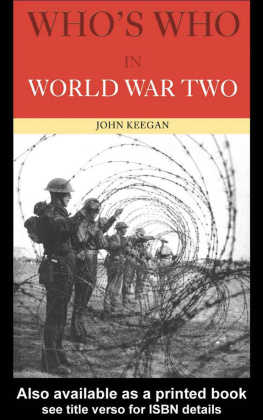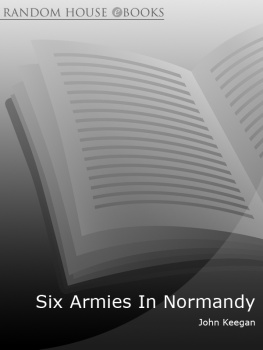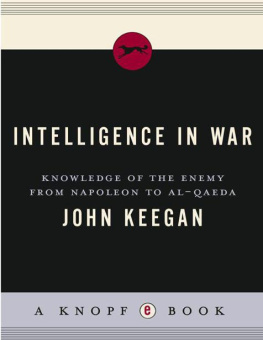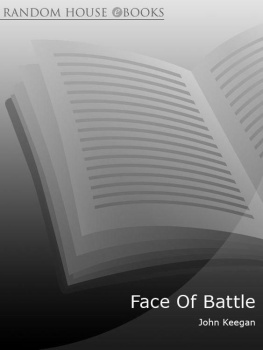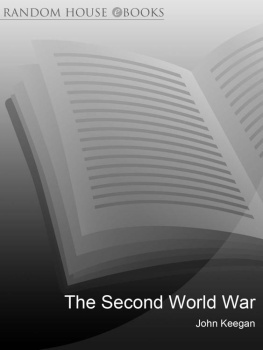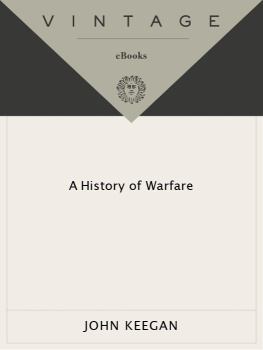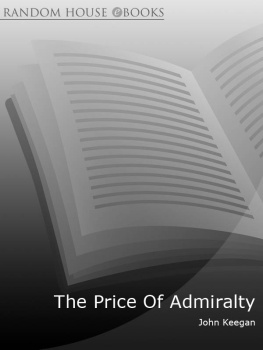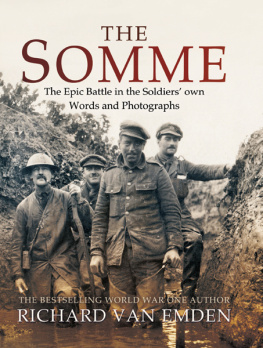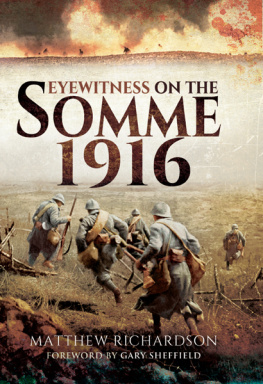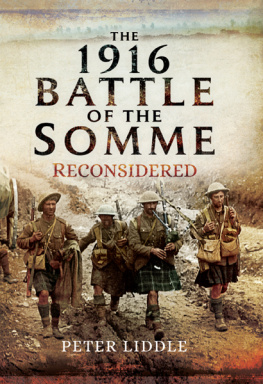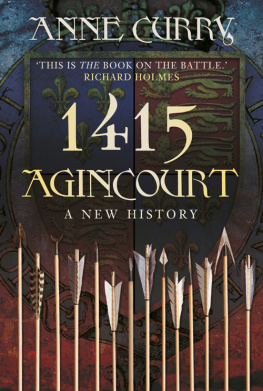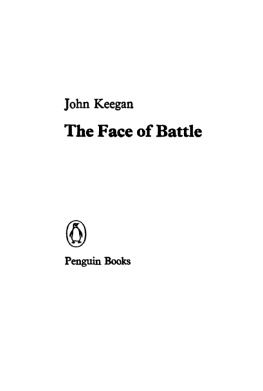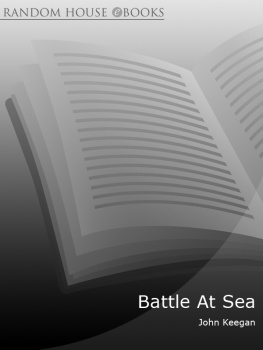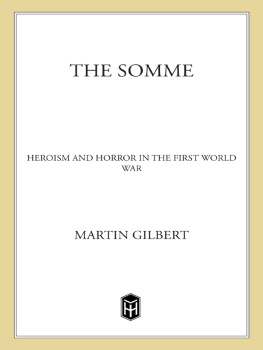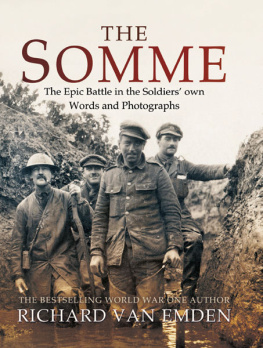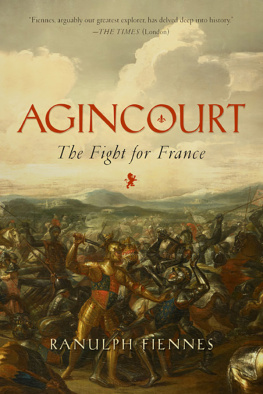Contents
About the Author
John Keegan is the Defence Editor of the Daily Telegraph and Britains foremost military historian. The Reith Lecturer in 1998, he is the author of many bestselling books including A History of Warfare (awarded the Duff Cooper Prize), The Mask of Command, Six Armies in Normandy, The Second World War, Warpaths, Battle at Sea, The Battle for History, The First World War, Intelligence in War and, most recently, The Iraq War.
For many years John Keegan was the Senior Lecturer in Military History at the Royal Military Academy Sandhurst, and he has been a Fellow of Princeton University and Delmas Distinguished Professor of History at Vassar. He is a Fellow of the Royal Society of Literature. He received the OBE in the Gulf War honours list, and was knighted in the Millennium honours list in 1999.
List of Illustrations
Skull of a Swedish soldier killed in 1361
The effect of archery on cavalry at short range, 1356
A wall of bodies of the dead and wounded, fifteenth century
Men-at-arms at the mercy of archers, fifteenth century
Scotland for Ever: Waterloo
A square of Highlanders receiving cavalry at Waterloo
Russians charging a German or Austrian trench, autumn 1914
A German attack on a British line of scrapes, autumn 1914
A French counter-attack at Dien Bien Phu, spring 1954
List of Maps
Agincourt, October 25th, 1415
Waterloo, June 18th, 1815
The Somme, July 1st, 1916
Relative positions of the battles
In memory of my father and my father-in-law
THE FACE OF BATTLE
A Study of Agincourt, Waterloo and the Somme
JOHN KEEGAN
Chapter 1
Old, Unhappy, Far-off Things
A Little Learning
I HAVE NOT been in a battle; not near one, nor heard one from afar, nor seen the aftermath. I have questioned people who have been in battle my father and father-in-law among them; have walked over battlefields, here in England, in Belgium, in France and in America; have often turned up small relics of the fighting a slab of German 59 howitzer shell on the roadside by Polygon Wood at Ypres, a rusted anti-tank projectile in the orchard hedge at Gavrus in Normandy, left there in June 1944 by some highlander of the 2nd Argyll and Sutherlands; and have sometimes brought my more portable finds home with me (a Mini bullet from Shiloh and a shrapnel ball from Hill 60 lie among the cotton-reels in a painted papier-mach box on my drawing-room mantelpiece). I have read about battles, of course, have talked about battles, have been lectured about battles and, in the last four or five years, have watched battles in progress, or apparently in progress, on the television screen. I have seen a good deal of other, earlier battles of this century on newsreel, some of it convincingly authentic, as well as much dramatized feature film and countless static images of battle: photographs and paintings and sculpture of a varying degree of realism. But I have never been in a battle. And I grow increasingly convinced that I have very little idea of what a battle can be like.
Neither of these statements and none of this experience is in the least remarkable. For very, very few Europeans of my generation I was born in 1934 have learned at first hand that knowledge of battle which marked the lives of millions of their fathers and grandfathers. Indeed, apart from the four or five thousand Frenchmen who, with their German, Spanish and Slav comrades of the Foreign Legion, survived Dien Bien Phu, and the slightly larger contingents of Britons who took part in the campaign in central Korea in 195051, I cannot identify any group of people, under forty, in the Old World, who have been through a battle as combatants. My use of the words battle and combatants will indicate that I am making some fairly careful exceptions to this generalization, most obviously in the case of all those continental Europeans who were children during the Second World War and over whose homes the tide of battle flowed, often more than once, between 1939 and 1945; but also in the case of the thousands of British and French soldiers who carried arms in Africa and south-east Asia during the era of decolonization, to whose number I ought to add the Portuguese conscripts still campaigning in Mozambique and Angola, and the British regulars policing the cities and countryside of Ulster.
The first group exclude themselves from my generalization because none of them was old enough to have had combatant experience of the Second World War; the second because their experience of soldiering, though often dangerous and sometimes violent perhaps very violent if they were French and served in Algeria was not an experience in and of battle. For there is a fundamental difference between the sort of sporadic, small-scale fighting which is the small change of soldiering and the sort we characterize as a battle. A battle must obey the dramatic unities of time, place and action. And although battles in modern wars have tended to obey the first two of those unities less and less exactly, becoming increasingly protracted and geographically extensive as the numbers and means available to commanders have grown, the action of battle which is directed towards securing a decision by and through those means, on the battlefield and within a fairly strict time-limit has remained a constant. In Europes wars of decolonization, the object of the other side has, of course, been to avoid facing a decision at any given time or place, rightly presuming the likelihood of its defeat in such circumstances; and the other side, whether consciously fighting a war of evasion and delay, as were the communist guerrillas in Malaya or the nationalist partisans in Algeria, or merely conducting a campaign of raiding and subversion because they implicitly recognized their inability to risk anything else, as did the Mau Mau in Kenya, has accordingly shunned battle. I do not think therefore that my Oxford contemporaries of the 1950s, who had spent their late teens combing the jungles of Johore or searching the forests on the slopes of Mount Kenya, will hold it against me if I suggest that, though they have been soldiers and I have not and though they have seen active service besides, yet they remain as innocent as I do of the facts of battle.
But what, it might be fairly asked at this stage, is the point of my re-emphasizing how little, if at all, unusual is my ignorance of battle? Ignorance has been bliss in Europe for nearly thirty years now, and in the United States there has been little thanks given for the lessons its young men have been forced to learn at Pleiku and Khe San. The point is, I had better admit, a personal one not so personal that it cannot be revealed but one which, over the years, has grown to something of the dimensions of a Guilty Secret. For I have spent many of those years, fourteen of them which is almost the whole of my working life describing and analysing battles to officer cadets under training at Sandhurst; class after class of young men, all of whom stand a much better chance than I do of finding out whether what I have to say on the subject is or is not true. The inherent falsity of my position should be obvious. It has always been clear to me, but at Sandhurst, which carries almost to extremes the English cult of good manners, the cadets I have taught have always connived at the pretence that I and they are on a master-and-pupil footing and not, as I know and they must guess, all down together in the infant class. I for my part, anxious not to overtax their politeness, have generally avoided making any close tactical analysis of battle, entailing as that would my passing judgment on the behaviour of men under circumstances I have not had to meet, and have concentrated the weight of my teaching on such subjects as strategic theory, national defence policy, economic mobilization , military sociology and the like subjects which, vital though they are to an understanding of modern war, nevertheless skate what, for a young man training to be a professional soldier, is the central question: what is it like to be in a battle?


